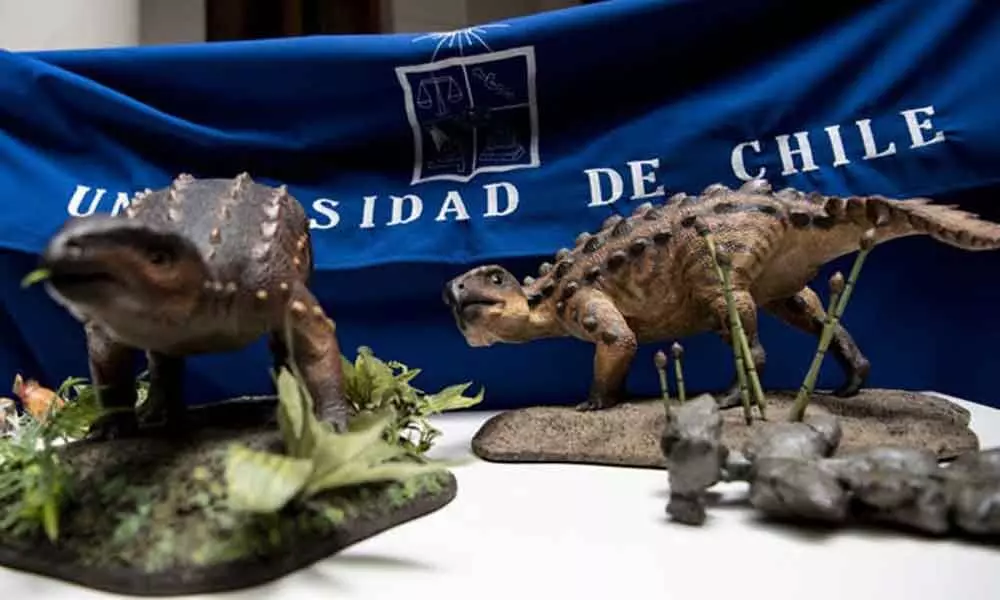New Species Of Dinosaur May Have Been Discovered After A Tail Was Discovered In Chile

Paleontologists have discovered 80 percent of the dinosaur's skeleton.
- According to the Associated Press, scientists uncovered a new species of dinosaur in Chile after discovering remains the size of a dog with an unique tail.
- The species was given the term stegouros elengassen as its tail and back end resembled those of a stegosaurus.
According to the Associated Press, scientists uncovered a new species of dinosaur in Chile after discovering remains the size of a dog with an unique tail. The tail would have been utilised as a unique weapon. The species was given the term stegouros elengassen as its tail and back end resembled those of a stegosaurus.
Alex Vargas, a palaeontologist at the University of Chile, stated the tail was unlike anything he'd ever witnessed on an animal. It comprises of seven pairs of blades that fly out sideways, in the journal Nature. The dinosaur has a bird-like snout and measures around 6 feet long, but only reaches up to a person's thighs.
He further explained that the tail was apparently for defence against large predators, who were likely scared off by the armor-like bones protruding from the stegouros, which made them 'chewy.'
The newfound species' fossil was discovered in Chile's southern area and is estimated to be 72 million to 75 million years old. The dinosaur seems to be an adult, based on the way the bones are joined.
It took a long time for scientists to establish out what kind of dinosaur it was. They assumed it ate plants and possessed a mix of features from several species, but it was its tail that led them to the correct conclusion.













